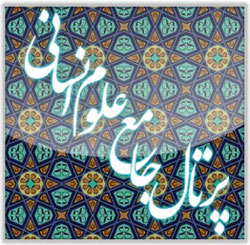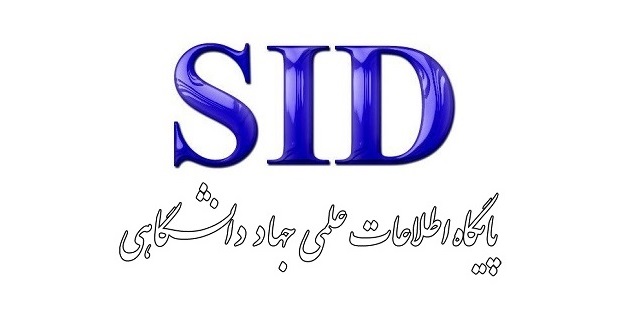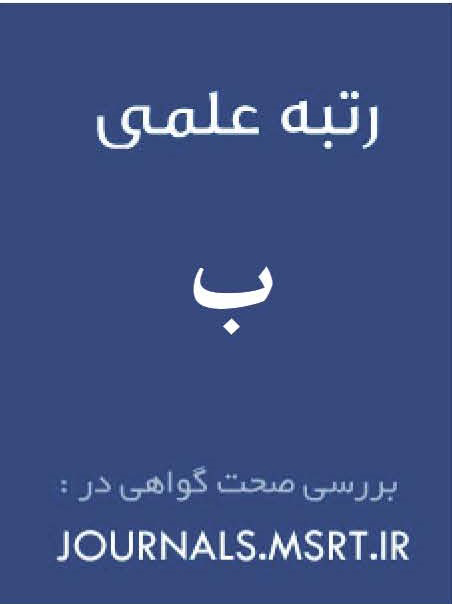Feasibility of Establishing a Pluralistic State in Light of Nation-Building in Afghanistan: A Comparative View of India
Keywords:
Pluralistic State, Nation Building, Afghanistan, India, Feasibility StudyAbstract
The general structure of countries, based on their inherent nature and functions, leads to differing circumstances. In its official history, Afghanistan—despite having experienced various political and legal systems—has never achieved lasting peace and necessary development. This is primarily because the past and present laws and structures of the country have failed to integrate its diverse ethnicities, religions, and social groups under a cohesive national identity and shared public interest. Consequently, this has created profound divisions and deep distrust among the people. However, to establish a stable and diversity-accepting state, it is essential that the nation-state building process is carried out in light of modern values. Therefore, this study aims—using a descriptive-analytical approach—to examine the feasibility of establishing a pluralistic state in Afghanistan through the lens of nation-building, drawing on the experiences of India. The final findings of the study indicate that in a country such as Afghanistan, where the state has been the central actor and the significance of the people has been secondary, it is possible to implement effective nation-state building—provided that fundamental reforms are undertaken. Under such conditions, the establishment of a pluralistic state that supports various diversities within a unified legal framework is feasible in Afghanistan.
Downloads
References
Andishmand, M. E. (2013). Contemporary Knowledge of Afghanistan (1910-2000). Derakht-e Danesh Publishing.
Bagheri, E. (2017). The Political Structure of Afghanistan. Normax Specialized Journal, 5(69).
Balkhi, M. (2020). American Nation-Building: A Comparison of Iraq and Afghanistan. Amiri Publishing.
Boroujerdi, M. T. (2000). Hindu Nationalism. Published by the Ministry of Foreign Affairs of Iran.
Hadian, H. (2009). Structural Weakness of Nation-State Building in Afghanistan. Rahbord Journal(51).
Mahdi, M. J. (2009). Examining the Roots and Origins of Pluralism. Ravaq Andisheh Quarterly(46).
Manini Chatterjee, A. R., & Reza, A. (2011). History of Indian Culture and Civilization. Mizan Publishing.
Sadr, O., & Ziafatullah, S. (2018). The Modern State and Fear of Pluralism in Afghanistan. Amiri Publishing.
Downloads
Published
Submitted
Revised
Accepted
Issue
Section
License
Copyright (c) 2025 محمد صابر انسان دوست, مهدی شعبان نیا منصور, بابک باصری (نویسنده)

This work is licensed under a Creative Commons Attribution-NonCommercial 4.0 International License.









